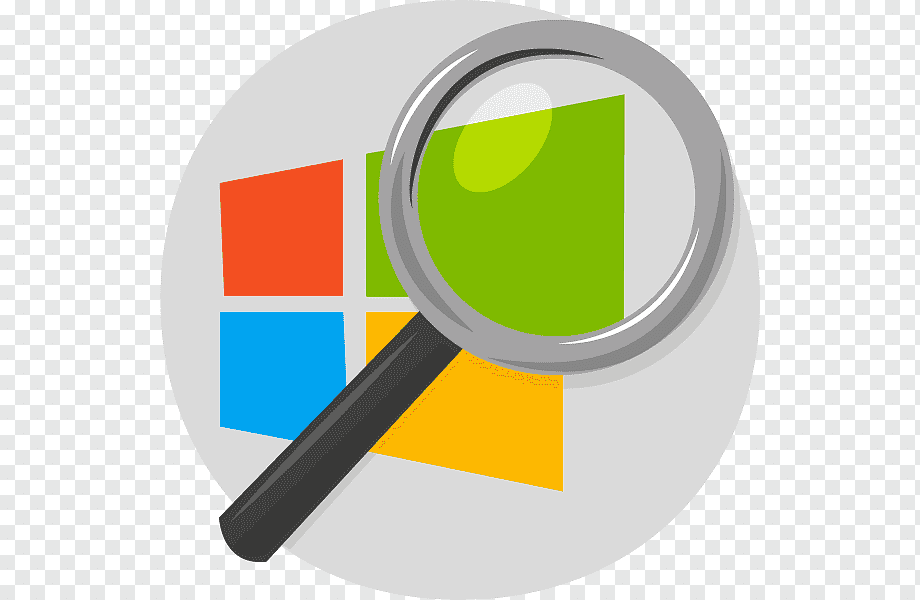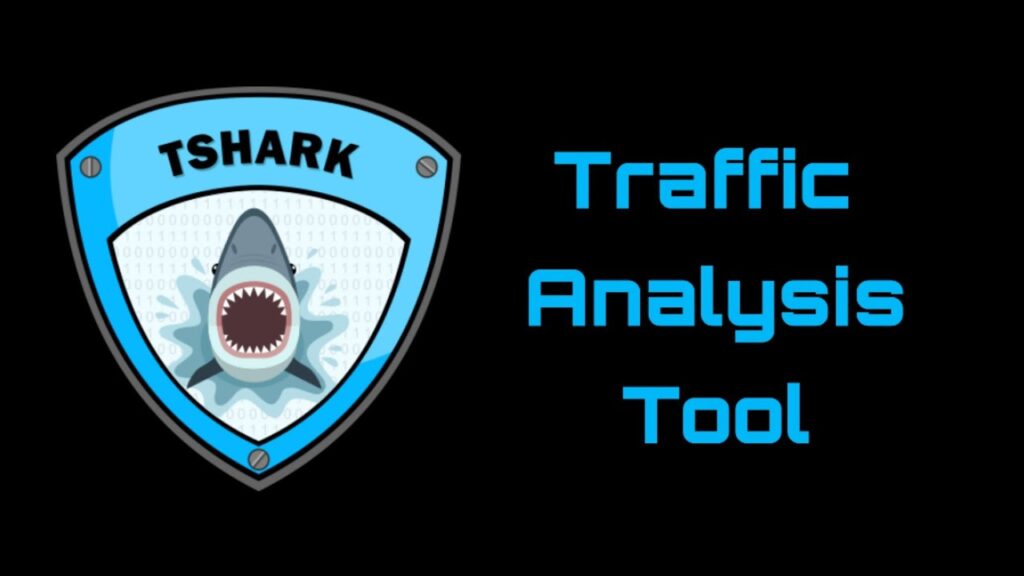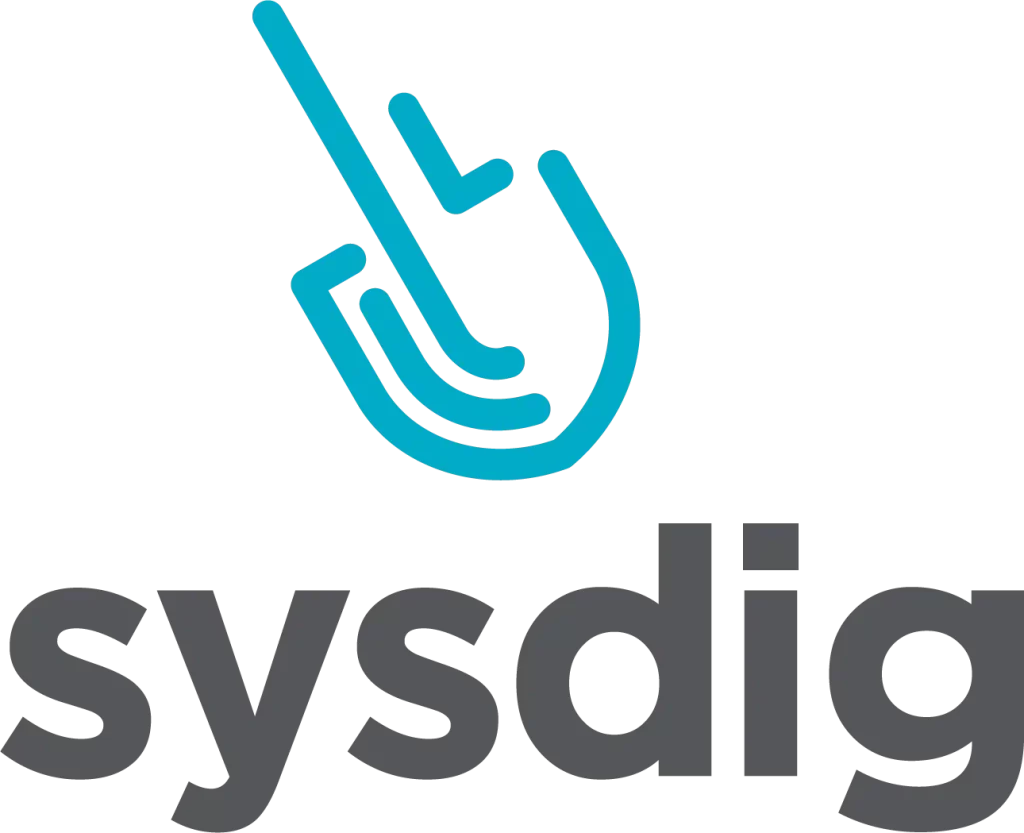In the world of network analysis and packet sniffing, Wireshark has long been the go-to tool for professionals seeking to dissect network traffic and troubleshoot issues. However, as with any software, Wireshark has its limitations and specific use cases. In this article, we will delve into the world of Wireshark alternatives, exploring a range of options that cater to various needs. Whether you’re looking for a feature-rich Wireshark alternative or something specialized for certain tasks, we’ve got you covered.
Wireshark Features: A Quick Overview
Before we dive into the Wireshark alternatives, let’s take a moment to appreciate what makes Wireshark the powerhouse it is. Wireshark boasts a plethora of features:
1. Packet Capture
Wireshark excels in capturing and displaying packets in real-time, making it indispensable for network troubleshooting. Its ability to capture network packets at the packet level, with precise timestamps, provides network administrators with valuable insights into network performance and potential issues. Whether it’s monitoring traffic on your corporate network or diagnosing intermittent connectivity problems, Wireshark’s packet capture prowess is unmatched.
2. Deep Packet Inspection
It allows you to perform in-depth analysis, dissecting packets to understand the nitty-gritty of network traffic. With Wireshark, you can drill down into packet contents, revealing not only protocol headers but also the payload, which can be crucial for diagnosing application-specific problems. For example, if you’re troubleshooting a web application issue, Wireshark can reveal HTTP request and response data, helping you pinpoint errors or bottlenecks.
3. Protocol Support
Wireshark supports a wide array of network protocols, ensuring comprehensive coverage. Whether you’re dealing with HTTP, TCP/IP, or more specialized protocols like VoIP or IoT, Wireshark’s extensive protocol support makes it a versatile choice. This breadth of protocol coverage allows you to analyze various types of traffic without switching between different tools.
4. Filtering and Search
Its advanced filtering and search capabilities enable you to pinpoint specific packets quickly. Wireshark’s filter expressions allow you to narrow down your analysis to specific criteria, such as source IP, destination port, or even specific error codes within packets. This feature is invaluable when you’re dealing with extensive packet captures and need to focus on specific traffic patterns or incidents.
5. User-Friendly Interface
With an intuitive GUI, it’s approachable for both beginners and experts. Wireshark’s graphical user interface provides an easy-to-understand visual representation of captured packets, making it accessible to network professionals at all levels of expertise. The user-friendly interface simplifies tasks such as starting captures, applying filters, and analyzing packets, making it an excellent choice for those new to network analysis.
6. Cross-Platform
Wireshark is available for Windows, macOS, and various Linux distributions. This cross-platform compatibility ensures that you can use the tool on your preferred operating system, regardless of your environment. Whether you’re analyzing network traffic on your Windows-based corporate network or troubleshooting network issues on a Linux server, Wireshark has you covered.
Wireshark’s Limitations

Despite its impressive features, Wireshark is not without its limitations:
1. Resource-Intensive
Wireshark can be demanding on system resources, especially when dealing with large capture files. Analyzing extensive packet captures may require significant CPU and RAM resources, which can affect system performance during analysis. If you’re working on hardware with limited resources, this resource intensity can pose challenges.
2. Steep Learning Curve
While user-friendly, mastering Wireshark’s full potential requires time and effort. To harness the tool’s advanced features effectively, users often need to invest time in learning and experimentation. This learning curve can be particularly steep for those new to network analysis or packet sniffing tools.
3. Complexity
Its extensive feature set can be overwhelming for occasional users or those with specific tasks. Beginners may find Wireshark’s myriad options and settings daunting, particularly when conducting basic network troubleshooting. While its feature-rich nature is an asset, it can also be a drawback for those who need a more streamlined and simplified tool.
4. Not Ideal for All Environments
In some network setups, using Wireshark may not be practical or even possible. For example, in highly regulated or secure environments, administrators may need to seek Wireshark alternatives that align with strict security policies. Additionally, in situations where minimal system resources are available, such as embedded systems or IoT devices, Wireshark may not be a viable choice.
Why Consider Wireshark Alternatives?

When it comes to network analysis, Wireshark is undeniably a powerful tool. However, there are specific scenarios and needs where exploring alternatives becomes imperative. Here are some compelling reasons to consider Wireshark alternatives:
1. Resource Efficiency:
Wireshark can be resource-intensive, especially when dealing with large capture files. For users with hardware constraints or those seeking more efficient tools, Wireshark alternatives may offer a lighter footprint and improved performance.
2. Specialized Use Cases:
Wireshark’s extensive feature set makes it versatile, but not every user requires all those features. In cases where you have specialized network analysis needs, Wireshark alternative tools might provide a more tailored solution.
3. Simplicity and Ease of Use:
Wireshark, while user-friendly, can still have a learning curve for newcomers. Alternatives with simpler interfaces and streamlined functionality can be more approachable for those who prioritize ease of use.
4. Compatibility and Accessibility:
In some network environments, using Wireshark may not be practical or even possible due to compatibility issues or network configurations. Exploring Wireshark alternatives that align better with your specific network setup can be a wise choice.
Commonly Used Wireshark Alternatives For Network Analysis

1. Tcpdump
Tcpdump is a powerful command-line packet analyzer, ideal for those comfortable with the terminal. It offers a lightweight and efficient packet capture solution for Unix-like systems, allowing for quick analysis and scripting capabilities. Tcpdump is renowned for its simplicity and resource efficiency, making it a preferred choice for network administrators who value performance and versatility. Whether you’re troubleshooting a server issue or capturing network traffic on a remote system, Tcpdump’s command-line interface offers precision and control.
2. Tshark
The command-line sibling of Wireshark, Tshark offers similar functionality for scripters and automation enthusiasts. Its compatibility with Wireshark’s capture files (.pcap) makes it a valuable tool for those who prefer command-line interfaces. Tshark’s scripting capabilities, combined with its ability to process packet captures in batch mode, make it an excellent choice for automating network analysis tasks. Whether you’re monitoring network activity on multiple servers or extracting specific information from a large capture file, Tshark streamlines the process.
3. Ethereal
Although not actively maintained, Ethereal can still be a viable option for certain use cases. Ethereal’s historical significance in the realm of packet analysis makes it worth exploring, particularly for historical or educational purposes. Ethereal retains many of the features that made it popular, including protocol analysis and support for a wide range of network protocols. However, users should be aware of potential security risks associated with using unsupported software and consider it primarily for educational or non-production use.
4. Microsoft Network Monitor
Windows users may find this tool more convenient for network packet capturing. With a focus on Windows environments, Network Monitor provides ease of use and integration with Microsoft technologies. It offers packet capturing and analysis capabilities tailored for Windows-based networks. If your organization relies heavily on Windows servers and workstations, Network Monitor can be a suitable choice for monitoring and troubleshooting network issues.
5. Capsa Network Analyzer
A commercial solution for Windows, Capsa offers real-time packet analysis and monitoring. It’s equipped with advanced features for network troubleshooting, making it suitable for IT professionals and network administrators. Capsa’s graphical interface provides real-time insights into network traffic, allowing you to identify and resolve issues swiftly. Additionally, its reporting and alerting capabilities are valuable for network performance monitoring and security analysis.
6. Omnipeek
Another commercial Wireshark alternative, Omnipeek provides advanced network troubleshooting features. Its comprehensive protocol analysis capabilities and real-time monitoring make it a valuable choice for network professionals. Omnipeek’s deep packet inspection capabilities enable in-depth analysis of network traffic, making it suitable for diagnosing complex network issues. Whether you’re managing a large enterprise network or overseeing critical network infrastructure, Omnipeek offers the tools needed to ensure optimal performance.
7. NetMon Freemium
This free Windows tool offers basic network monitoring and packet capturing capabilities. It provides a simplified interface for users who require fundamental network analysis without the complexity of more robust Wireshark alternatives. NetMon Freemium is an accessible option for users who need basic packet capture and analysis capabilities on Windows platforms. While it may not offer the advanced features of commercial tools, it serves as a straightforward solution for basic network troubleshooting and monitoring.
8. Ngrep
Ngrep is perfect for users who want to search for specific patterns using regular expressions. This command-line tool is particularly useful for quickly identifying and extracting specific content within network traffic. Ngrep’s ability to match packet payloads against regular expressions provides a powerful means of searching for specific data patterns in captured traffic. Whether you’re hunting for specific strings in HTTP requests or looking for patterns indicative of security threats, Ngrep’s simplicity and flexibility make it a valuable tool for pattern matching.
9. Snort
While primarily an intrusion detection system, Snort can also be used for packet analysis and logging. Its ability to detect and respond to security threats makes it a valuable tool for network security professionals. Snort’s intrusion detection capabilities extend beyond mere packet analysis. It can be configured to identify and alert on suspicious network behavior, making it a crucial component of network security architectures. While its primary focus is on security, Snort’s packet capture and analysis features can aid in understanding the nature of detected threats and potential vulnerabilities.
10. Colasoft Capsa
A Windows-based commercial tool known for its network monitoring and reporting features. Capsa’s graphical dashboards and reporting capabilities are tailored for network administrators seeking insights into network performance. It offers real-time monitoring of network traffic, allowing you to visualize network activity and quickly identify anomalies. Additionally, Capsa’s reporting features provide historical data and insights into network usage trends, aiding in capacity planning and network optimization.
11. NetWitness Investigator
Ideal for security investigations, NetWitness provides deep packet inspection and analysis. It’s designed for cybersecurity professionals who need to delve into the details of network traffic to identify threats and vulnerabilities. NetWitness Investigator focuses on advanced threat detection and response, making it a critical tool for security operations teams. Its deep packet inspection capabilities enable the reconstruction of network sessions, helping analysts trace the source and impact of security incidents.
12. Sysdig
Focused on container and cloud-native environments, Sysdig offers real-time monitoring and security features. It’s a specialized tool for DevOps and cloud infrastructure teams seeking visibility and security in containerized environments. Sysdig’s container-aware monitoring capabilities make it an essential tool for organizations adopting container orchestration platforms like Kubernetes. It provides insights into containerized applications, allowing administrators to monitor performance, troubleshoot issues, and ensure the security of containerized workloads.
13. Moloch
A scalable, open-source packet capturing and indexing system, suitable for large-scale monitoring. Moloch is particularly well-suited for organizations dealing with vast amounts of network traffic data. Moloch’s scalability and indexing capabilities make it an ideal choice for large enterprises and service providers. It allows organizations to capture, index, and analyze extensive volumes of network traffic, providing a wealth of data for network monitoring, forensics, and threat hunting.
14. Suricata
An open-source Network IDS, IPS, and Security Monitoring engine for real-time packet analysis. It’s a powerful option for organizations focused on network security and threat detection. Suricata combines intrusion detection and prevention capabilities with high-performance packet processing. It’s designed to analyze network traffic in real-time, detect security threats, and take action to protect the network. Whether you’re safeguarding critical assets or complying with regulatory requirements, Suricata offers robust security monitoring and threat mitigation.
15. PacketTotal
While not a standalone tool, PacketTotal is an online platform for uploading and analyzing PCAP files. It’s a convenient option for sharing and collaborating on packet captures within a web-based interface. PacketTotal simplifies the process of sharing and analyzing packet captures with colleagues or peers. It offers a web-based interface for uploading PCAP files, visualizing network traffic, and applying basic analysis techniques. While it may not replace full-featured packet analysis tools, it serves as a valuable resource for sharing and discussing network captures.
Factors To Consider While Choosing The Perfect Wireshark Alternative

Now that we’ve explored several Wireshark alternatives in detail, it’s crucial to understand the key factors to consider when making your choice:
1. Use Case
Determine your specific needs and the tasks you intend to perform. Some tools are better suited for particular scenarios, such as security analysis, network monitoring, or troubleshooting. Consider whether your primary focus is on network performance optimization, security, or both.
2. Ease of Use
Evaluate the user interface and whether it aligns with your level of expertise. If you’re part of a team with varying levels of technical proficiency, consider a tool that offers a balance between user-friendliness and advanced capabilities. A tool that caters to both novice and expert users can streamline collaboration and knowledge sharing.
3. Compatibility
Ensure the Wireshark alternative is compatible with your operating system and network setup. Compatibility is essential to ensure smooth integration and functionality. Evaluate whether the tool supports the operating systems used in your environment, such as Windows, macOS, Linux, or specific distributions.
4. Resource Requirements
Consider the resources the tool consumes, especially if you’re working with limited hardware. Resource-efficient Wireshark alternatives may be crucial for maintaining system performance, especially in resource-constrained environments. Evaluate the tool’s impact on CPU and memory usage to ensure it aligns with your infrastructure.
5. Community and Support
Assess the availability of documentation, forums, and support for troubleshooting. Active communities and robust support can be invaluable when encountering issues or seeking guidance. Consider whether the tool has an active user community that can provide assistance and share best practices. Additionally, look for official documentation and support options offered by the tool’s developers or vendors.
In Conclusion
While Wireshark remains a formidable tool in the realm of network analysis, exploring Wireshark alternatives can open up new possibilities and address specific requirements. Each of the mentioned Wireshark alternatives has its strengths and weaknesses, making it essential to choose the one that best aligns with your unique needs.









